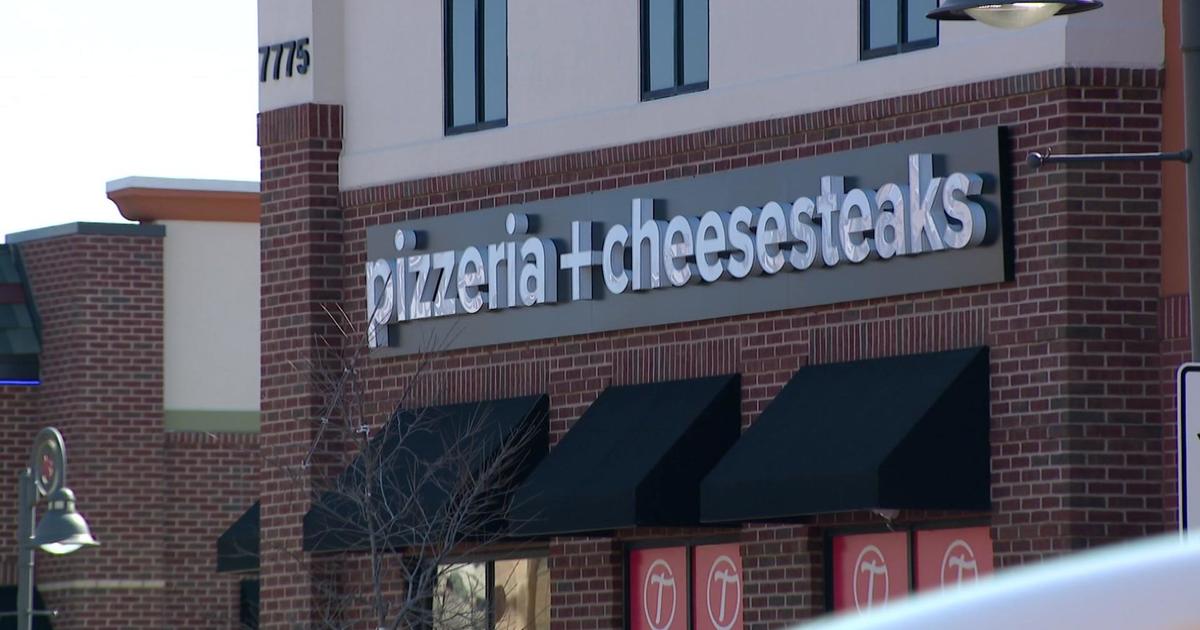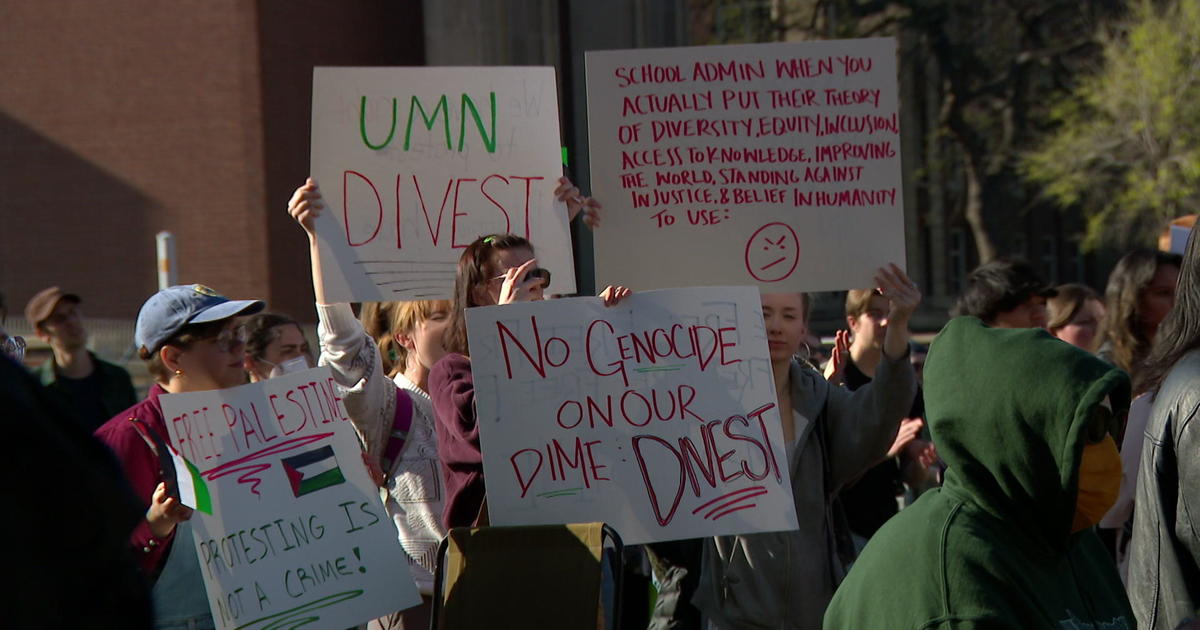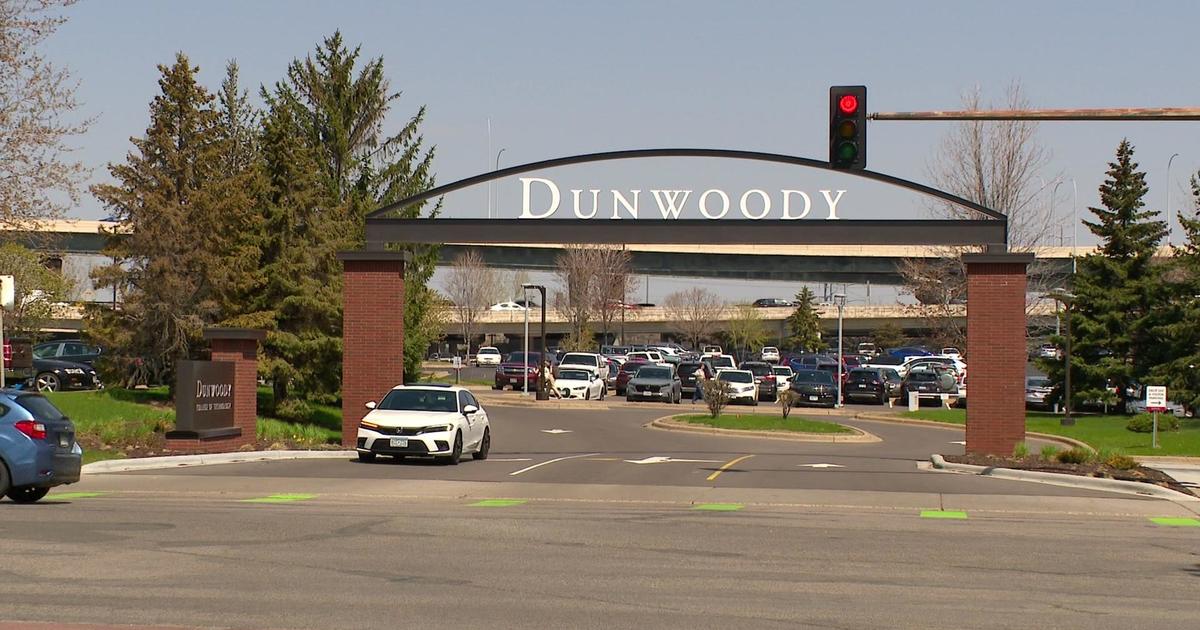What Does The 'Right To Peacefully Assemble' Mean?
MINNEAPOLIS (WCCO) -- Protests, large and small, permitted or organic, have recently become ingrained in Minnesota history.
Those participating do so under the First Amendment.
To better understand that, we wanted to know: What does "the right to peacefully assemble" mean? When does it become unlawful? Good Question. Jeff Wagner learned that determination is often up to police.
From city streets to Twin Cities interstates and the steps of the state capitol, the frequency of Minnesotans exercising their constitutional right appears to have increased.
To summarize part of the First Amendment, Congress shall make no law abridging the right of people peaceably to assemble.
Does the first amendment allow people to assemble on streets, sidewalks, or public right of way?
"It kind of gets complicated," said Dr. Anansi Wilson, a law professor at the Mitchell Hamline School of Law. "Usually you can be on the sidewalk, is usually fair game."
Speech is also protected at parks.
Once protesters decide to take over a street, such as during a march, a permit from a governing body is required since the group is blocking a public right of way.
But a Minneapolis police spokesperson said they rarely enforce whether a march had a permit approved, instead focusing on protecting those participating and living nearby. Officers blocking traffic to allow a march to fill a street doesn't mean there was permit approval, the spokesperson said.
Does this mean cities and law enforcement are using discretion as to whether they enforce these laws?
"Yeah, of course," said Wilson. "One of the reasons of course is that you don't want to escalate a situation. So there might be a large group of people that are maybe blocking a street but it's not a busy street."
That happened in Stillwater a few months ago when protesters gathered outside the home of the Washington County attorney. Rather than intervene, police blocked off the street to ensure the protesters' safety and protect their right to free speech.
"So it's better to let folks blow off steam, say their peace, and go home," Wilson said. "But then of course there's the underlying narrative which is the history of this country that some people are seen as threats inherently and some folks are seen as more peaceful."
Unlawful assembly can be defined as civil disobedience, which although illegal can still be impactful. The march across the bridge in Selma, Alabama led by Dr. Martin Luther King, Jr. and the sit-ins by Black people to protest segregation at diners were not permitted. However, both were catalysts for change in the civil rights movement of the 1960s.
"I think that civil disobedience really is the way that folks can force change and force the hands of legislators, police departments, and executive authorities, elected officials," said Wilson. "Being someone that is both Black and queer, the people I identify with my life, Black folks, African Americans, queer folks, all of the rights that we have come through types of civil disobedience."
There are times when law enforcement does step in, such as in Uptown, where the city and police have attempted to remove barriers Tuesday set up by protesters.
"We need to balance the right of protests with our responsibility to provide for people's safety in our streets, including those who are in the public right of way" said Lisa Bender, Minneapolis City Council president.
The ACLU of Minnesota put together fact sheets so protesters can understand their rights. To learn more about it, click here.
To learn more about peace assembly rules in St. Paul, click here.



